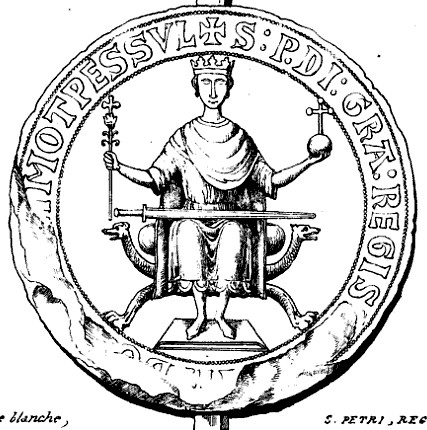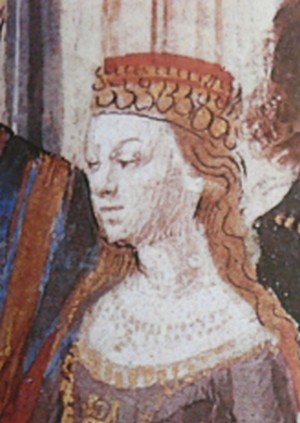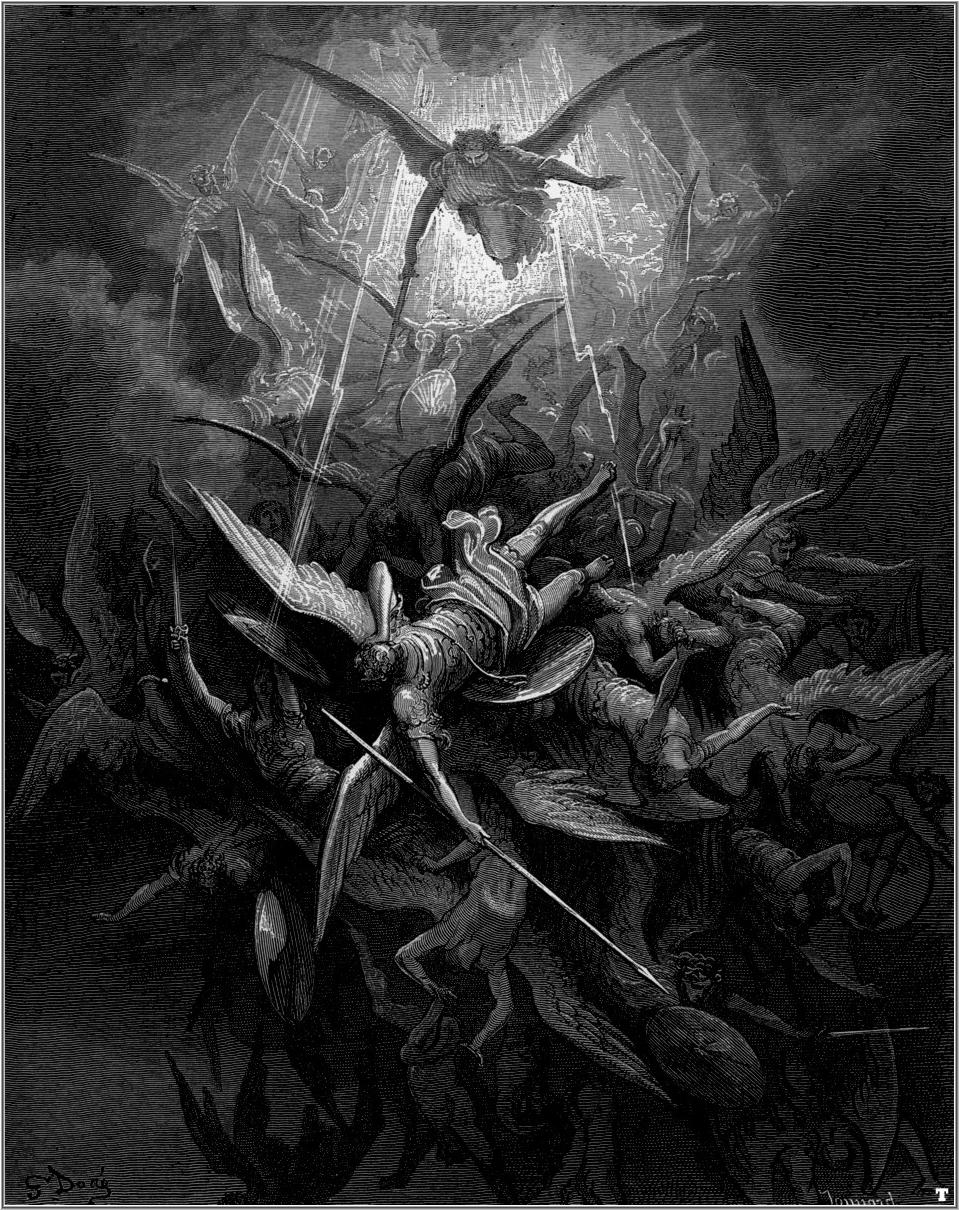|
Peter II Of Aragon
Peter II the Catholic (; ) (July 1178 – 12 September 1213) was the King of Aragon and Count of Barcelona from 1196 to 1213. Background Peter was born in Huesca, the son of Alfonso II of Aragon and Sancha of Castile, Queen of Aragon, Sancha of Castile. In 1205 he acknowledged the feudal supremacy of the papacy and was crowned in Rome by Pope Innocent III, swearing to defend the Catholic Church, Catholic faith (hence his epithet, "the Catholic"). He was the first king of Aragon to be crowned by the pope. In the first decade of the thirteenth century Peter commissioned the ''Liber feudorum Ceritaniae'', an Illustrated manuscript, illustrated codex cartulary for the counties of County of Cerdagne, Cerdagne, County of Conflent, Conflent, and County of Roussillon, Roussillon. Marriage On 15 June 1204 Peter married (as her third husband) Marie of Montpellier, daughter and heiress of William VIII of Montpellier by Eudokia Komnene, wife of William VIII of Montpellier, Eudocia Comne ... [...More Info...] [...Related Items...] OR: [Wikipedia] [Google] [Baidu] |
Liber Feudorum Ceritaniae
The ''Liber feudorum Ceritaniae'' is, as its Medieval Latin, Latin title indicates, a book (''liber'', in fact a chartulary) registering the fiefs (''feudi'') within the counties of County of Cerdagne, Cerdagne (''Ceritania''), County of Roussillon, Roussillon and County of Conflent, Conflent, and the feudal obligations of the count and his vassals. It is preserved in the Arxiu de la Corona d'Aragó (Cancelleria Reial, reg. no. 4) and consists of 272 charters in 379 folios with 32 colourful miniatures on a golden background. It was probably originally copied from a part of the ''Liber feudorum maior'' (LFM), which is several decades older. It contains all the documents pertaining to Cerdagne and Roussillon found in the LFM and in exactly the same order, as well as six documents more. Most of the charters in it cover the years 1172–6. The text of the ''Liber'' probably dates to between 1200 and 1209, though Lawrence McCrank has dated it later, to 1237–41.Lawrence J. McCra ... [...More Info...] [...Related Items...] OR: [Wikipedia] [Google] [Baidu] |
County Of Conflent
The County of Conflent or Confluent () was one of the Catalan counties of the Marca Hispanica in the ninth century. Usually associated with the County of Cerdanya and the county of Razès, it was located to the west of County of Roussillon, Roussillon. It largely corresponded to the modern ''comarca'' of Conflent. History In Roman Empire, Roman times Conflent was a ''pagus'' (district) dependent on County of Roussillon, Ruscino, the nucleus of later Roussillon. After the Christianisation of the fifth century, Conflent became an archdeaconry of the Diocese of Elne. Historically, the western border of Conflent has been that between the dioceses of Elne and Diocese of Urgel, Urgel in the plain of Perxa. To the west of the boundary was Cerdanya. Conflent went through a Visigothic and then a Moorish phase before it was reconstituted as a county by the Franks. It was initially attached to the County of Razès and the County of Barcelona, Barcelona. Conflent was one of the last Catala ... [...More Info...] [...Related Items...] OR: [Wikipedia] [Google] [Baidu] |
Raymond VI Of Toulouse
Raymond VI (; 27 October 1156 – 2 August 1222) was Count of Toulouse and Marquis of Provence from 1194 to 1222. He was also Count of Melgueil (as Raymond IV) from 1173 to 1190. Early life Raymond was born at Saint-Gilles, Gard, the son of Raymond V and Constance of France. His maternal grandparents were Louis VI of France and his second wife Adélaide de Maurienne. His maternal uncles included Louis VII of France. In 1194 he succeeded his father as count of Toulouse. He immediately re-established peace with both Alfonso II of Aragon and with the Trencavel family. Problems with the Church Raymond VI was arguably the first target of the Albigensian crusade (1209–1229). Raymond VI held vast territories but his control of them was problematic. Aside from theoretically owing allegiance to the King of France, Raymond held Provence as a vassal of the Holy Roman Emperor. Setton, Kenneth Meyer; Wolff, Robert Lee and Hazard, Harry W''A History of the Crusades'' Vol. 2, Univ of ... [...More Info...] [...Related Items...] OR: [Wikipedia] [Google] [Baidu] |
Toulouse
Toulouse (, ; ; ) is a city in southern France, the Prefectures in France, prefecture of the Haute-Garonne department and of the Occitania (administrative region), Occitania region. The city is on the banks of the Garonne, River Garonne, from the Mediterranean Sea, from the Atlantic Ocean and from Paris. It is the List of communes in France with over 20,000 inhabitants, fourth-largest city in France after Paris, Marseille and Lyon, with 511,684 inhabitants within its municipal boundaries (2022); its Functional area (France), metropolitan area has a population of 1,513,396 inhabitants (2022). Toulouse is the central city of one of the 22 Métropole, metropolitan councils of France. Between the 2014 and 2020 censuses, its metropolitan area was the third fastest growing among metropolitan areas larger than 500,000 inhabitants in France. Toulouse is the centre of the European aerospace industry, with the headquarters of Airbus, the SPOT (satellites), SPOT satellite system, ATR ( ... [...More Info...] [...Related Items...] OR: [Wikipedia] [Google] [Baidu] |
Albigensian Crusade
The Albigensian Crusade (), also known as the Cathar Crusade (1209–1229), was a military and ideological campaign initiated by Pope Innocent III to eliminate Catharism in Languedoc, what is now southern France. The Crusade was prosecuted primarily by the French crown and promptly took on a political aspect. It resulted in the significant reduction of practicing Cathars and a realignment of the County of Toulouse with the French crown. The distinct regional culture of Languedoc was also diminished. The Cathars originated from an anti-materialist reform movement within the Bogomil churches of the Balkans calling for what they saw as a return to the Christian message of perfection, poverty and preaching, combined with a rejection of the physical. The reforms were a reaction against the often perceived scandalous and dissolute lifestyles of the Catholic clergy. Their theology, Gnostic in many ways, was basically dualistic cosmology, dualist. Several of their practices, especially ... [...More Info...] [...Related Items...] OR: [Wikipedia] [Google] [Baidu] |
Simon De Montfort, 5th Earl Of Leicester
Simon de Montfort, 5th Earl of Leicester ( – 25 June 1218), known as Simon IV (or V) de Montfort and as Simon de Montfort the Elder, was a French nobleman and knight of the early 13th century. He is widely regarded as one of the great military commanders of the Middle Ages. He took part in the Fourth Crusade and was one of the prominent figures of the Albigensian Crusade. Montfort is mostly noted for his campaigns in the latter, notably for his battle at Battle of Muret, Muret. He died at the Siege of Toulouse (1217–1218), Siege of Toulouse in 1218. He was Seigneur of Montfort, Lord of Montfort from 1188 to his death and Earl of Leicester in England from 1204. He was also Viscount of Albi, Béziers and Carcassonne from 1213, as well as Count of Toulouse from 1215. Early life He was the son of Simon de Montfort (died 1188), Simon de Montfort (d. 1188), lord of Montfort l'Amaury in France near Paris, and Amice (Countess), Amicia de Beaumont, daughter of Robert de Beaumont, 3rd ... [...More Info...] [...Related Items...] OR: [Wikipedia] [Google] [Baidu] |
Philip II Of France
Philip II (21 August 1165 – 14 July 1223), also known as Philip Augustus (), was King of France from 1180 to 1223. His predecessors had been known as kings of the Franks (Latin: ''rex Francorum''), but from 1190 onward, Philip became the first French monarch to style himself "King of France" (''rex Francie''). The son of King Louis VII and his third wife, Adela of Champagne, he was originally nicknamed () because he was a first son and born late in his father's life. Philip was given the epithet "Augustus" by the chronicler Rigord for having extended the crown lands of France so remarkably. After decades of conflicts with the House of Plantagenet, Philip succeeded in putting an end to the Angevin Empire by defeating a coalition of his rivals at the Battle of Bouvines in 1214. This victory would have a lasting impact on western European politics: the authority of the French king became unchallenged, while John, King of England, was forced by his barons to assent to Magna C ... [...More Info...] [...Related Items...] OR: [Wikipedia] [Google] [Baidu] |
Cathars
Catharism ( ; from the , "the pure ones") was a Christian quasi- dualist and pseudo-Gnostic movement which thrived in Southern Europe, particularly in northern Italy and southern France, between the 12th and 14th centuries. Denounced as a heretical sect by the Catholic Church, its followers were attacked first by the Albigensian Crusade and later by the Medieval Inquisition, which eradicated the sect by 1350. Around 1 million were slaughtered, hanged, or burnt at the stake. Followers were known as Cathars or Albigensians, after the French city Albi where the movement first took hold, but referred to themselves as Good Christians. They famously believed that there were not one, but two Godsthe good God of Heaven and the evil god of this age (). According to tradition, Cathars believed that the good God was the God of the New Testament faith and creator of the spiritual realm. Many Cathars identified the evil god as Satan, the master of the physical world. The Cathars believe ... [...More Info...] [...Related Items...] OR: [Wikipedia] [Google] [Baidu] |
Crown Of Aragon
The Crown of Aragon (, ) ;, ; ; . was a composite monarchy ruled by one king, originated by the dynastic union of the Kingdom of Aragon and the County of Barcelona (later Principality of Catalonia) and ended as a consequence of the War of the Spanish Succession. At the height of its power in the 14th and 15th centuries, the Crown of Aragon was a thalassocracy controlling a large portion of present-day eastern Iberian Peninsula, parts of what is now Northern Catalonia, southern France, and a Mediterranean empire which included the Balearic Islands, Sicily, Corsica, Sardinia, Malta, Southern Italy (from 1442), and parts of Greece (until 1388). The component realms of the Crown were not united politically except at the level of the king, who ruled over each autonomous polity according to its own laws, raising funds under each tax structure, dealing separately with each ''Corts'' or ''Cortes'', particularly in the Kingdom of Aragon, the Principality of Catalonia, and the Kingdom of V ... [...More Info...] [...Related Items...] OR: [Wikipedia] [Google] [Baidu] |
Peter II Of Aragon
Peter II the Catholic (; ) (July 1178 – 12 September 1213) was the King of Aragon and Count of Barcelona from 1196 to 1213. Background Peter was born in Huesca, the son of Alfonso II of Aragon and Sancha of Castile, Queen of Aragon, Sancha of Castile. In 1205 he acknowledged the feudal supremacy of the papacy and was crowned in Rome by Pope Innocent III, swearing to defend the Catholic Church, Catholic faith (hence his epithet, "the Catholic"). He was the first king of Aragon to be crowned by the pope. In the first decade of the thirteenth century Peter commissioned the ''Liber feudorum Ceritaniae'', an Illustrated manuscript, illustrated codex cartulary for the counties of County of Cerdagne, Cerdagne, County of Conflent, Conflent, and County of Roussillon, Roussillon. Marriage On 15 June 1204 Peter married (as her third husband) Marie of Montpellier, daughter and heiress of William VIII of Montpellier by Eudokia Komnene, wife of William VIII of Montpellier, Eudocia Comne ... [...More Info...] [...Related Items...] OR: [Wikipedia] [Google] [Baidu] |
Battle Of Las Navas De Tolosa
The Battle of Las Navas de Tolosa, known in Islamic history as the Battle of Al-Uqab (), took place on 16 July 1212 and was an important turning point in the ''Reconquista'' and the Spain in the Middle Ages, medieval history of Spain. The Christians, Christian forces of King Alfonso VIII of Castile, were joined by the armies of his rivals, Sancho VII of Navarre and Peter II of Aragon, in battle against the Almohad Muslim rulers of the southern half of the Iberian Peninsula. The caliph Muhammad al-Nasir, al-Nasir (''Amir al-Mu'minin, Miramamolín'' in the Spanish chronicles) led the Almohad army, made up of people from all over the Almohad Caliphate. Navas de Tolosa (also called Las Navas) is a town and hamlet in southern Spain, in the municipality of La Carolina, in the Province of Jaén (Spain), province of Jaén, in the eastern part of the Sierra Morena region, from the border with the province of Ciudad Real. Background In 1195, the Almohads defeated Alfonso VIII of Castile in ... [...More Info...] [...Related Items...] OR: [Wikipedia] [Google] [Baidu] |
Collioure
Collioure (; , ) is a commune in the southern French department of Pyrénées-Orientales. Geography The town of Collioure is on the Côte Vermeille (Vermilion Coast), in the canton of La Côte Vermeille and in the arrondissement of Céret. Toponymy Collioure is named ''Cotlliure'' in Catalan. History There is a record of the castle at "Castrum Caucoliberi" having been mentioned as early as 673, indicating that the settlement here was of strategic and commercial importance during the Visigoth ascendancy. Collioure used to be divided into two villages separated by the river Douy, the old town to the south named ''Port d'Avall'' (in French known as ''Le Faubourg'') and the upstream port, ''Port d'Amunt'' (in French known as ''Le Mouré''). Collioure was taken in 1642 by the French troops of Maréchal de la Meilleraye. A decade later, the town was officially surrendered to France by the 1659 Treaty of Pyrenees. Because of its highly strategic importance, the town's fortif ... [...More Info...] [...Related Items...] OR: [Wikipedia] [Google] [Baidu] |







